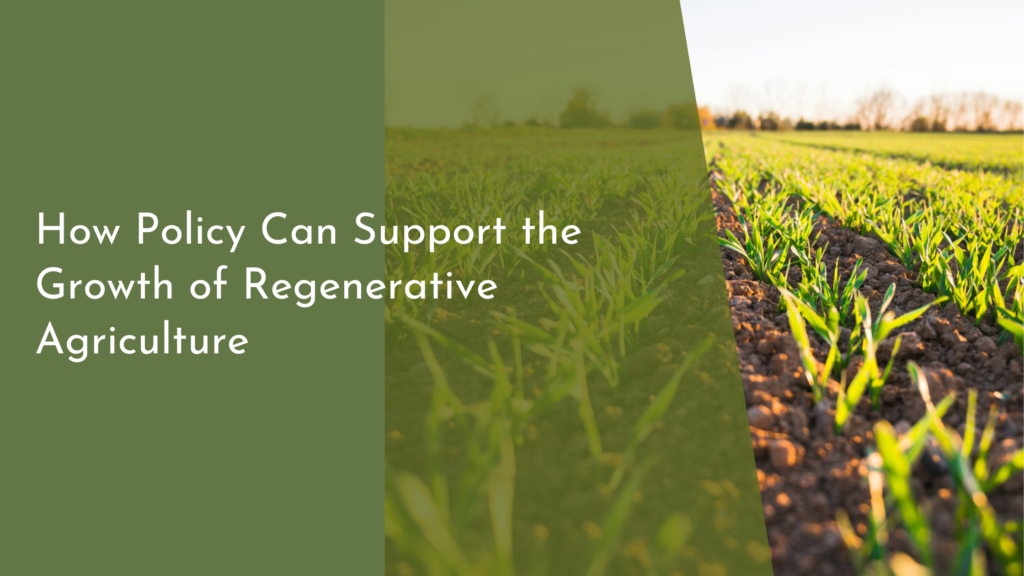Desertification Reversal: Innovations in Arid Land Restoration
Desertification is a pressing global issue that threatens biodiversity, food security, and the livelihoods of millions of people. As arid and semi-arid regions continue to expand, innovative solutions are being developed to combat this phenomenon and restore degraded lands. This article explores the causes and consequences of desertification, highlights groundbreaking restoration techniques, showcases inspiring success stories from communities, and envisions a hopeful future for arid lands.
Understanding Desertification: Causes and Consequences
Desertification is a complex process primarily driven by human activities such as deforestation, overgrazing, and unsustainable agricultural practices. Climate change exacerbates these issues, leading to increased temperatures and altered precipitation patterns. As a result, fertile land transforms into barren deserts, drastically reducing agricultural productivity and threatening food security. This transformation can also lead to the loss of biodiversity, as native plant and animal species struggle to survive in increasingly inhospitable environments.
The consequences of desertification extend beyond environmental degradation; they also impact social and economic structures. Communities that rely on agriculture for their livelihoods face poverty and displacement as their lands become unproductive. Additionally, desertification can lead to increased migration as people search for more viable living conditions. This creates a cycle of vulnerability, where the loss of resources drives further environmental degradation and social instability.
Innovative Techniques for Restoring Arid Landscapes
Recent advancements in technology and ecological science have paved the way for innovative techniques in arid land restoration. One such method is the use of bioengineering, which incorporates living plants into the design of restoration projects. Techniques like planting deep-rooted vegetation can help stabilize soil and improve water retention, making arid landscapes more resilient to climate fluctuations. Additionally, the use of drones for seed dispersal has revolutionized the way we approach reforestation in hard-to-reach areas, enabling rapid and efficient restoration efforts.
Another promising approach is the implementation of agroforestry systems, which combine agriculture with tree planting. This method not only enhances soil fertility and reduces erosion but also provides shade and habitat for wildlife. Water harvesting techniques, such as contour farming and the construction of check dams, are also being employed to maximize water retention in arid regions. By harnessing these innovative techniques, communities are beginning to reclaim their lands, transforming barren landscapes into thriving ecosystems.
Success Stories: Communities Thriving Through Restoration
Across the globe, numerous communities have successfully implemented restoration projects that have revitalized their arid landscapes. In Ethiopia, the "Green Legacy Initiative" has mobilized thousands of volunteers to plant millions of trees, significantly reducing soil erosion and improving local climate conditions. The initiative not only contributes to carbon sequestration but also fosters community engagement and resilience against climate change. This collective effort has transformed degraded areas into lush environments, enhancing both biodiversity and agricultural productivity.
In Morocco, the "Great Green Wall" project aims to combat desertification by creating a barrier of trees and vegetation across the Sahel region. This ambitious initiative has empowered local communities to engage in sustainable land management practices, improving their livelihoods and restoring degraded lands. As a result, farmers have reported increased crop yields and improved access to water resources. These success stories serve as beacons of hope, demonstrating that with determination and innovation, communities can thrive even in the face of adversity.
The Future of Arid Land: Hope and Sustainable Solutions
The future of arid land restoration holds immense potential as more individuals and organizations recognize the importance of sustainable practices. Advances in technology, such as artificial intelligence and remote sensing, are enhancing our ability to monitor and manage ecosystems effectively. These tools allow for better decision-making and resource allocation, ensuring that restoration efforts are both efficient and impactful. As awareness grows, funding and support for restoration initiatives are also increasing, providing the necessary resources to implement large-scale projects.
Moreover, fostering collaboration among governments, NGOs, and local communities is crucial for long-term success. By sharing knowledge and best practices, stakeholders can develop tailored solutions that address the unique challenges of each region. Education and awareness campaigns can empower individuals to take action in their communities, creating a culture of stewardship for the environment. With a collective commitment to sustainable solutions, the future of arid land restoration looks bright, promising a healthier planet for generations to come.
Desertification is a formidable challenge, but through innovative techniques and community-driven initiatives, we can reverse its effects and restore arid lands. The success stories from around the world inspire hope and demonstrate that positive change is possible. As we look to the future, it is essential to embrace sustainable practices and foster collaboration to ensure the resilience of our planet’s ecosystems. Together, we can cultivate a greener, more sustainable world for all.

